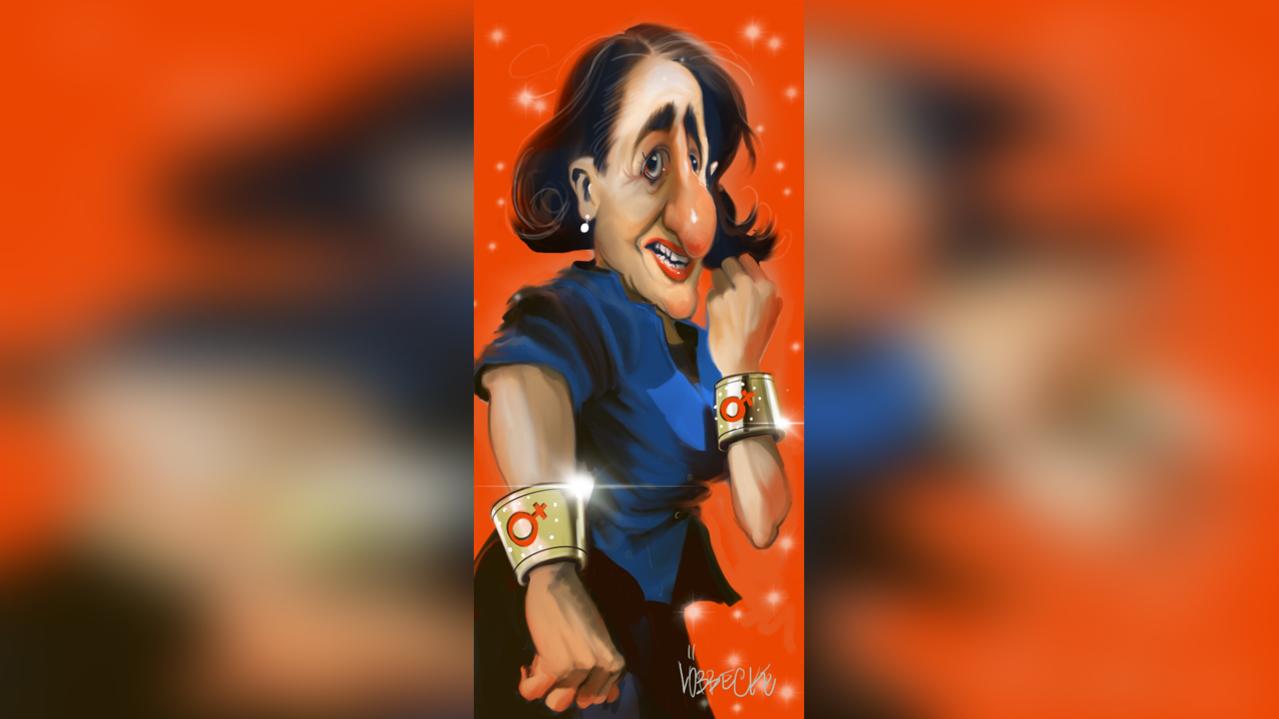
On Saturday afternoon, about 30 people waited to enter a theatre in the centre of a big, cosmopolitan city for a matinee session of a modern dance performance. A voice in the lobby invited people of colour, brown people, indigenous people and members of the Asian diaspora to enter the theatre. The white people were forced to stay behind, denied entry on the basis of their skin colour. The same people were then harangued for their skin colour by four young women aiming a volley of accusations at them about their white privilege.
After this, the people with white skin were invited into the theatre, but only if they first signed something acknowledging agreement with a particular set of views.
Some did so and entered the theatre. Others walked away. One man and his partner, bewildered by what was happening, decided to wait for later dance performances that did not involve a colour bar or ideological bullying.
This is not dystopian fiction. This is Melbourne, Australia, on June 9, 2018, according to the bewildered man who went along to watch Where We Stand. It is part of the Victorian College of the Arts’ 40th anniversary of dance, at Space 28, a theatre on its Southbank campus. He considered contacting Melbourne University, which is responsible for the VCA, and the Australian Human Rights Commission because, surely, this is racial discrimination that infringes some of our laws. Then he decided against butting up against turgid bureaucracies, choosing instead a quick dose of sunlight as a better disinfectant.
Fresh from being shamed for his skin colour, this is what he told me on Saturday evening: “We were both fascinated and appalled to be living in our own episode of the Chinese Cultural Revolution experience.” The man, who wants to remain anonymous for fear of a backlash, described the performance art that occurred in the lobby where “each girl would then take it in turns to declare her racial pedigree, somewhat reminiscent of the Nuremberg (race) laws, and then her preferred pronouns before declaring her attempts to overcome her white privilege and what these teenagers thought we should be doing to overcome our privilege”.
Apparently, if you are not actively overcoming your privilege, then you are an oppressor.
“I don’t blame the girls involved in the piece, they are young and self-righteous,” he said of the humiliation heaped on white people in the lobby.
“I do blame the University of Melbourne for allowing racial selection on campus in any shape or form. I am gobsmacked that any university would preside over an event where entry is based on skin colour. I naively thought this was a line that even the regressive left wouldn’t cross.”
He also noted the irony of those young women in the lobby laying unfounded accusations against others while The Crucible was playing upstairs at the VCA theatre. It’s a play by Arthur Miller about young women accused of witchcraft, a modern take on the dangers of fundamentalism and ideological bullying.
The man mentioned an older lady, maybe 70 or so years of age, in the lobby who also refused the offer of admission on condition of signing the acknowledgment. He thinks she was Dutch, possibly a grandparent who had come to see someone perform. “She was visibly shaken by the experience,” he said.
Isabella Whawhai Mason, the creator of the show, provided a long explanation to The Australian, saying, among other things, that this “ritual” in the foyer is part of the performance. “Realistically, there are simply 2 different shows for 2 different audiences.” Add some missing detail — one show for people of colour, one show for whites — to understand what’s wrong here.
Alternatively, turn it around: a show that excluded people of colour from entry while whites took their seats would be correctly condemned as racism. But here it’s just art? That is not a rational position.
This new form of artistic apartheid is not an unintended consequence of identity politics. Dividing people according to skin colour is an entirely deliberate pursuit by academe, bureaucracies and sections of Australian politics. Worse, identity politics isn’t just an anti-intellectual pursuit that stops us challenging a stubborn orthodoxy.
Decades of race-based policies and politics are harming indigenous people, and indigenous children in particular.
The woeful outcomes are measured each year in the Closing the Gap report. There are tiny improvements in some places, to be sure, but a stubborn gap on basic life expectancy between indigenous and non-indigenous people surely means we must admit that race-based policies are failing the most vulnerable.
Child protection should top the list of colour-blind policies to protect young children from neglect, violence and sexual abuse. Yet on the weekend, Bill Shorten promised more race-based politics and policies here too. Note that the Opposition Leader and the elites whose votes he is chasing live far, far away from indigenous people leading Third World lives in a First World country.
Race-based identity politics in the 21st century is toxic because it is untethered from the fine aims of the civil rights movement of the 20th century. Back then, activists fought for equal rights for people regardless of colour, creed or sexuality. Today we have returned to a dark place of defining people according to inherited characteristics such as skin colour. Isn’t that what racists do?
Those young women at Southbank on Saturday afternoon used skin colour and one set of ideas to determine who entered that theatre and who remained in the foyer. And their embrace of race and ideological conformity in the 21st century is hosted by Melbourne University and the Victorian College of the Arts. Shame on them.





To join the conversation, please log in. Don't have an account? Register
Join the conversation, you are commenting as Logout